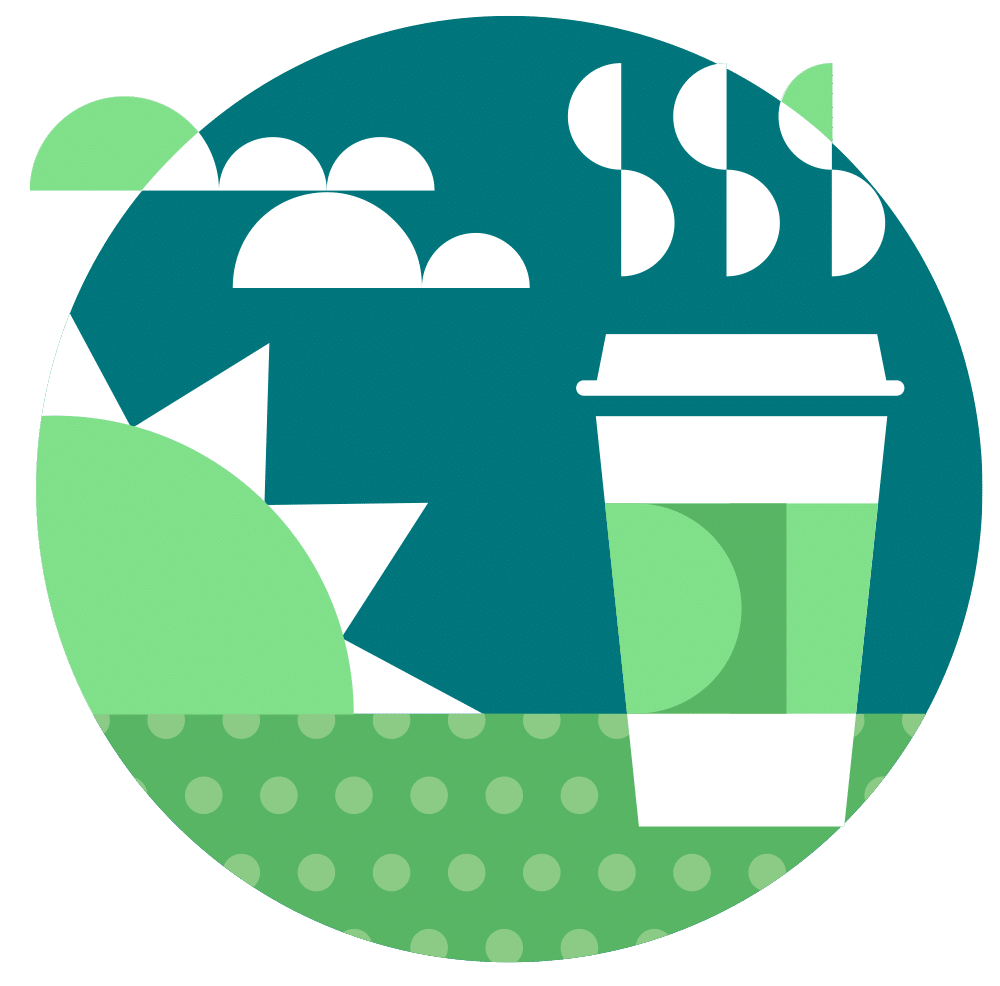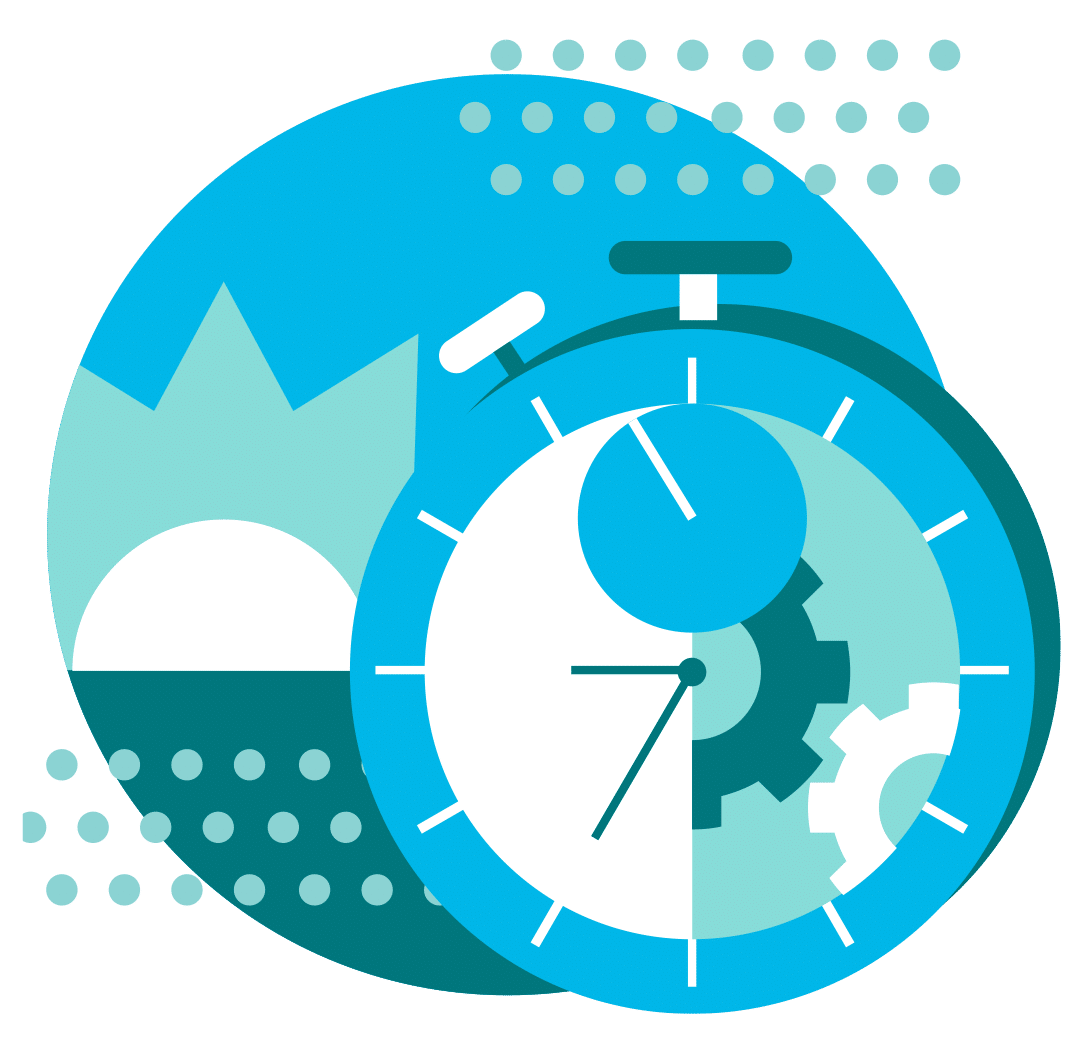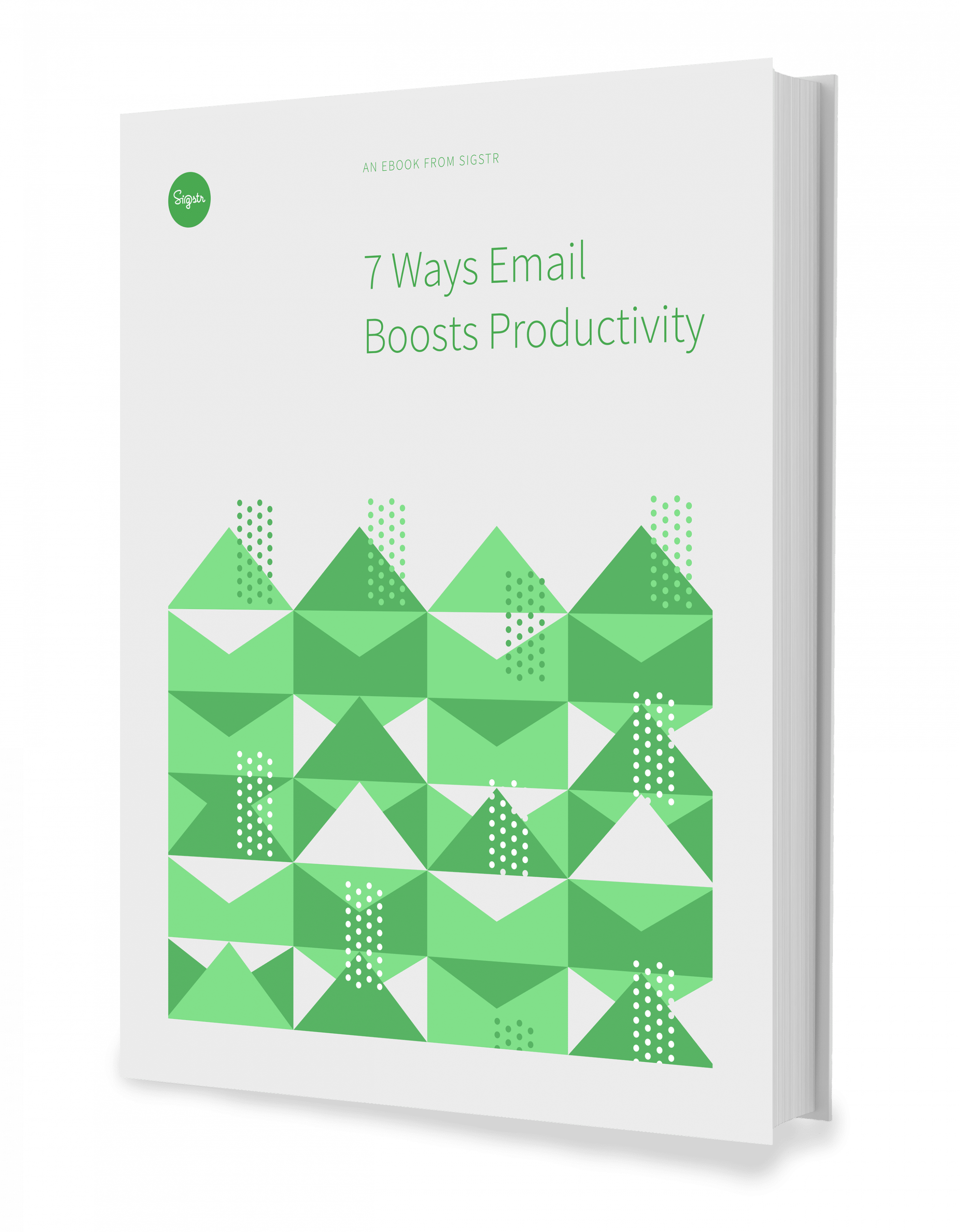We are impatient.
In our always-on, agile, tech-obsessed society, we want what we want and we want it yesterday. We depend on fatter pipelines, fuller funnels and more prospects. And the only way to meet the rising demand is to work longer hours, without breaks, and stay connected at all times.
Every time we hear the chirp of our smartphone singing in a new email, we jump to respond. We check it in bed, at the dinner table, in the park with the kiddos, on family vacations. A 2012 study by the Center for Creative Leadership found 60 percent of smartphone-using professionals were connected to the office for an average of 72 hours a week.
We’ve become narcissistic drones, we’re told, lacking the will-power to look away from the soft glow of our iPhone 7s. We’re desperate to stay at the center of attention, and frantic to remain reachable at all times.
And it’s absolutely true many of us can probably chill with the social media frenzy. No one needs to know what you had for lunch, second lunch, dinner, snack or your 2 a.m. fridge-raid. But it’s becoming overtly clear the workplace demands propel a huge portion of the anxiety-induced phone-glancing.
When we slow down, we’re labeled a slacker. We’re led to believe we’re doomed to get less done. We slow down but the world races forward, leaving us in the dust.
But staying in the perpetual “on” position is completely contrary to everything we know about what makes it possible for humans to perform at their highest level.
The science of a slow down

Our bodies send us physiological signs when we need a break – like fidgetiness, hunger, drowsiness and loss of focus. But in general, we tend to hush them. Instead finding artificial ways to pump up our energy through caffeine, sugary snacks and even our body’s own stress hormones – adrenalin, noradrenalin and cortisol.
The cycle of success

Our bodies are designed to cycle. The patterns of organic labor are meant to shape our email productivity. Burned-out, neurotic employees who can’t unplug are neither productive nor creative. We need “off” time to produce a better “on” time. “On” is impossible without “off.”
Sprint and rest
The paradox isn’t in the sprint, but rather the rest. While it seems almost counterintuitive, the secret to sustainable greatness in email productivity is incorporating rests into your work day.
Work in sprints – highly focused for short periods of time, with breaks built in, instead of being partially focused for longer periods of time. Slow down. Think about what you’re doing, and how you’re doing it to produce a higher quality result.
We all know your inbox is the mortal enemy to email productivity, but use it to increase your productivity. Work in 90-minute sprints, punctuated by 10- to 15-minute rests in your inbox. But insist on predictable time off, as well – evenings and weekend periods where you’re out of bounds.
Set boundaries

Want more tips and trick to email productivity? Check out our newest ebook!